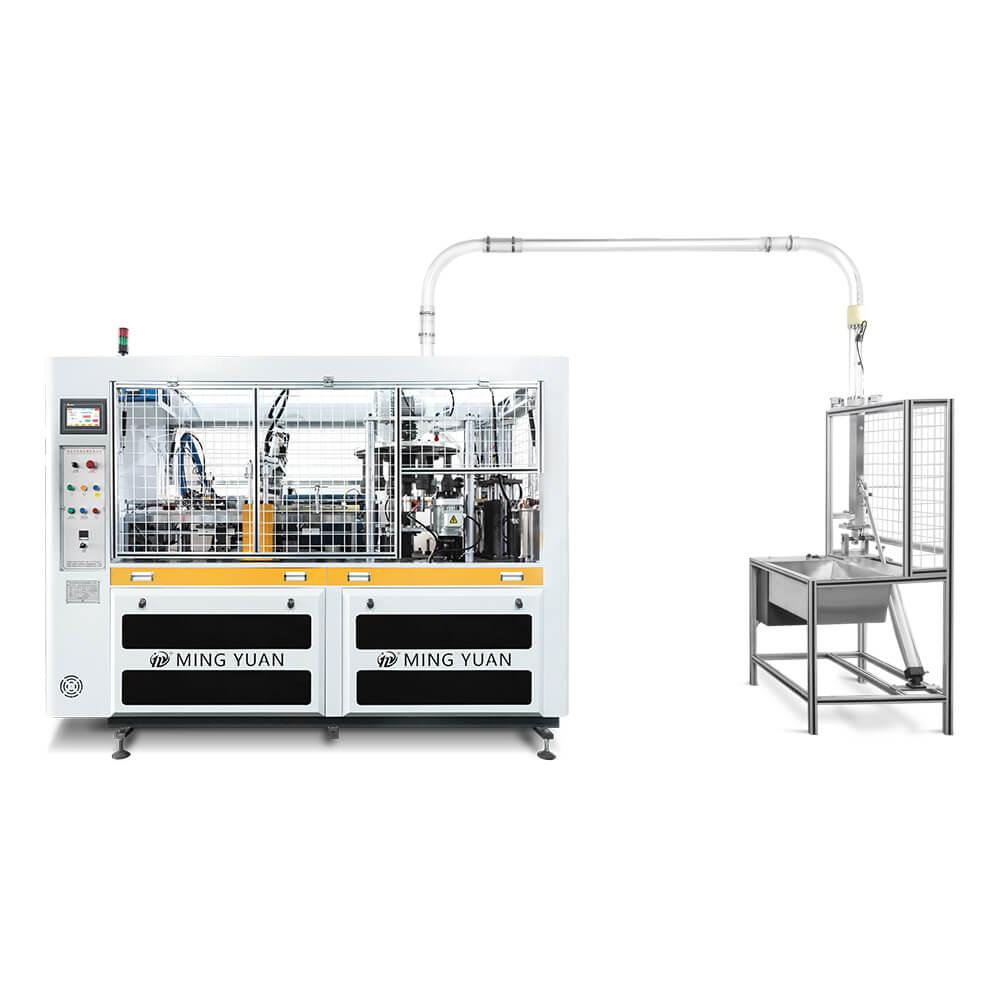Troubleshooting a paper cup machine raw material can be a daunting task, especially for those who are not well-versed in machinery. These machines are vital for the production of disposable paper cups, and any malfunction can lead to significant downtime and financial losses. Understanding common issues and their solutions can help operators maintain efficiency and productivity. This guide will explore several key troubleshooting techniques for paper cup machines, allowing operators to identify and resolve problems effectively.
Understanding Common Issues
Before diving into troubleshooting, it is essential to understand the common issues that paper cup machine raw materials may encounter. These can range from mechanical failures to electrical malfunctions. Some of the most frequent problems include misalignment, poor sealing, inconsistent cup sizes, and machine jams. Identifying these issues early on can save time and resources in the long run.
Checking for Mechanical Issues
The first step in troubleshooting a paper cup machine raw material is to inspect it for mechanical problems. Start by checking the alignment of the machine components. Misalignment can cause cups to be produced incorrectly or lead to jams. Ensure that all parts, including the forming and sealing sections, are properly aligned. If any parts are out of place, adjust them carefully according to the manufacturer’s specifications.
Inspecting Electrical Components
Electrical issues can also lead to significant problems in paper cup machine raw materials. Begin by checking the wiring and connections for any signs of wear or damage. Loose connections can disrupt the machine's operation, causing intermittent issues. It is crucial to ensure that all electrical components, including sensors and motors, are functioning correctly. If necessary, consult the machine’s manual for detailed electrical schematics and troubleshooting steps.
Evaluating Material Quality
The quality of materials used in the production process can greatly affect the machine's performance. Low-quality paper or adhesive can lead to poor cup formation and sealing. Always use materials that meet the specifications laid out by the manufacturer. Conduct regular checks on the quality of paper rolls and adhesive to prevent issues related to material failure. If problems persist, consider switching suppliers or testing different materials for better results.
Addressing Cup Size Inconsistencies
Inconsistent cup sizes can be frustrating and detrimental to production. This issue often arises from incorrect settings on the machine. Check the size settings and make sure they correspond with the intended cup dimensions. Additionally, inspect the forming dies for wear or damage, as this can impact the final product's size. Regular maintenance and calibration of the machine can help prevent size discrepancies and ensure uniformity in production.
Resolving Sealing Problems
Sealing is one of the most critical aspects of paper cup machine raw material production. Poor seals can lead to leaking cups and product waste. If you encounter sealing issues, first check the temperature settings of the sealing elements. Too low or too high temperatures can hinder proper adhesion. Additionally, inspect the sealing dies for any residue or damage that could affect their performance. Cleaning and regular maintenance of these components can significantly improve seal quality.
Handling Machine Jams
Paper jams are a common issue in paper cup machine raw material production and can halt operations quickly. To address jams, first power down the machine and carefully inspect the feed area for any obstructions. Remove any stuck paper and ensure that the path is clear. Additionally, check the feeding mechanism for proper operation. If jams occur frequently, consider making adjustments to the feeding speed or tension to prevent future occurrences.
Regular Maintenance Practices
Prevention is always better than cure, and regular maintenance can help minimize the likelihood of issues arising. Establish a routine maintenance schedule that includes cleaning, lubrication, and inspections of all critical components. Keeping the machine in good working order will not only prolong its lifespan but also enhance its efficiency. Documenting maintenance actions can provide valuable insights into patterns or recurring issues that may need further attention.
Training Operators Effectively
Well-trained operators are essential for the smooth operation of a paper cup machine raw material. Providing comprehensive training that covers both operation and troubleshooting can empower staff to handle minor issues independently. Encourage operators to familiarize themselves with the machine’s manual and engage in regular training sessions to stay updated on best practices. An informed team can significantly reduce downtime and enhance productivity.
Conclusion: Ensuring Optimal Performance
Troubleshooting a paper cup machine requires an understanding of both mechanical and electrical components, as well as the materials involved. By following the outlined steps—checking for mechanical issues, inspecting electrical components, evaluating material quality, addressing inconsistencies, resolving sealing problems, handling jams, and implementing regular maintenance—operators can keep their machines running smoothly. Moreover, investing in operator training ensures that your team is prepared to address problems promptly. With diligent attention and proactive measures, you can maximize the efficiency and longevity of your paper cup machine raw material.
















 Tel: +86-19057361870 / +86 577 65567060
Tel: +86-19057361870 / +86 577 65567060  Email: george@paper-cupmakingmachine.com
Email: george@paper-cupmakingmachine.com MP/WhatsApp: +86-19057361870
MP/WhatsApp: +86-19057361870 Manufacturer Address:No.1588, Huaming Road, Feiyun Street,Ruian City Zhejiang Province -325200 China
Manufacturer Address:No.1588, Huaming Road, Feiyun Street,Ruian City Zhejiang Province -325200 China




